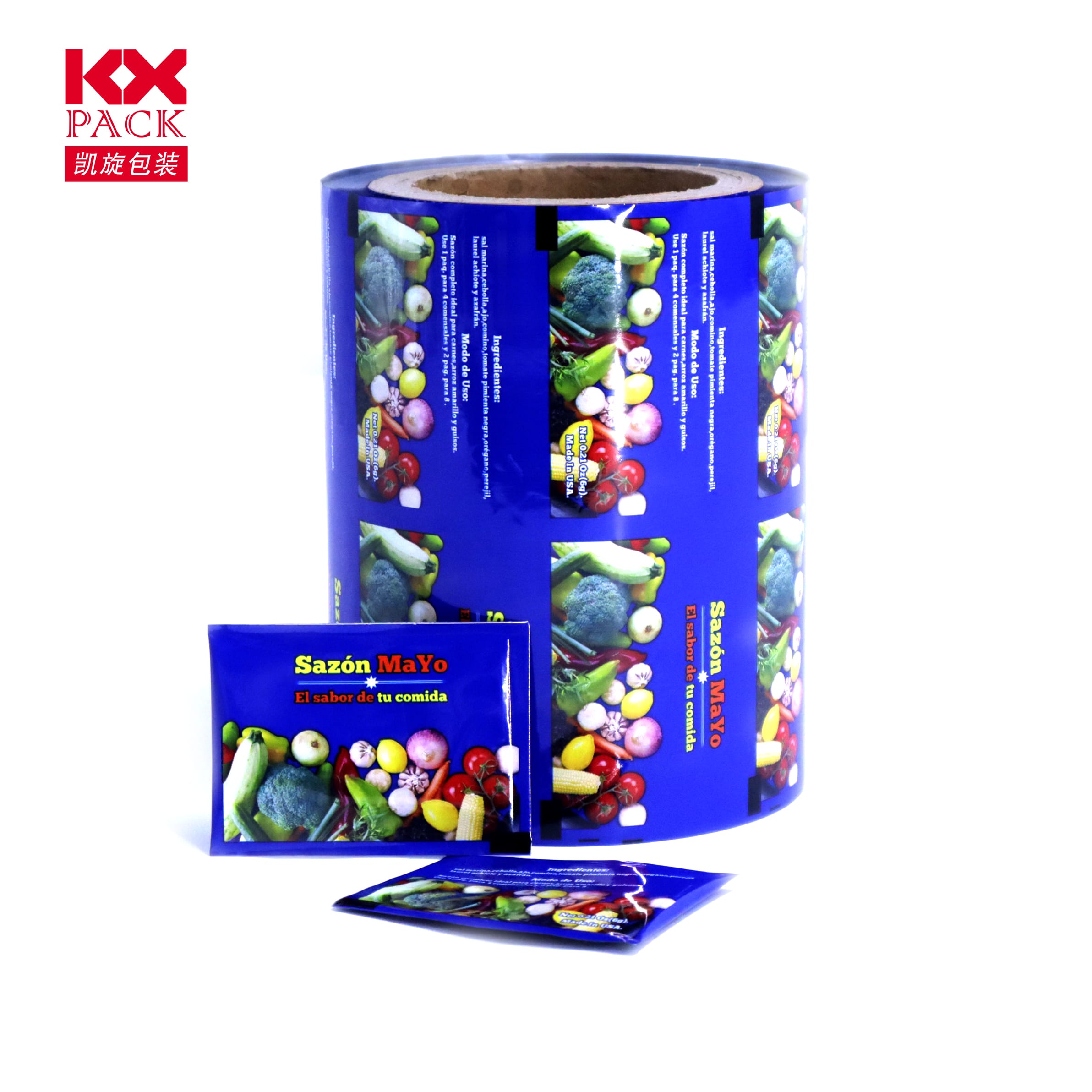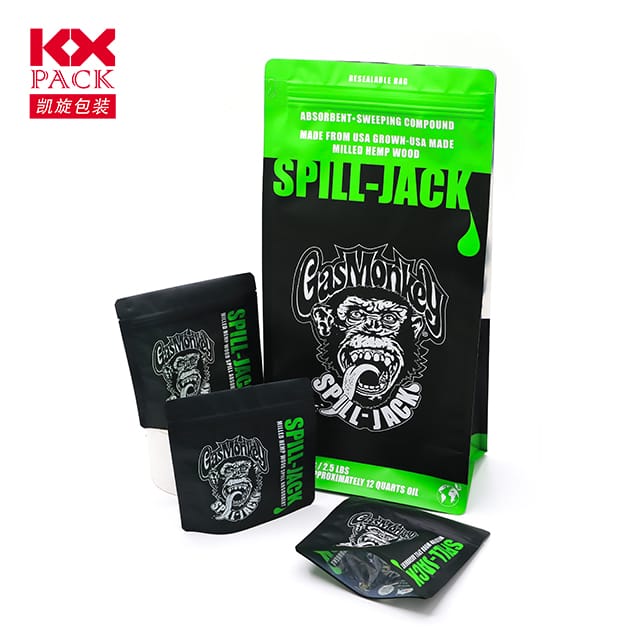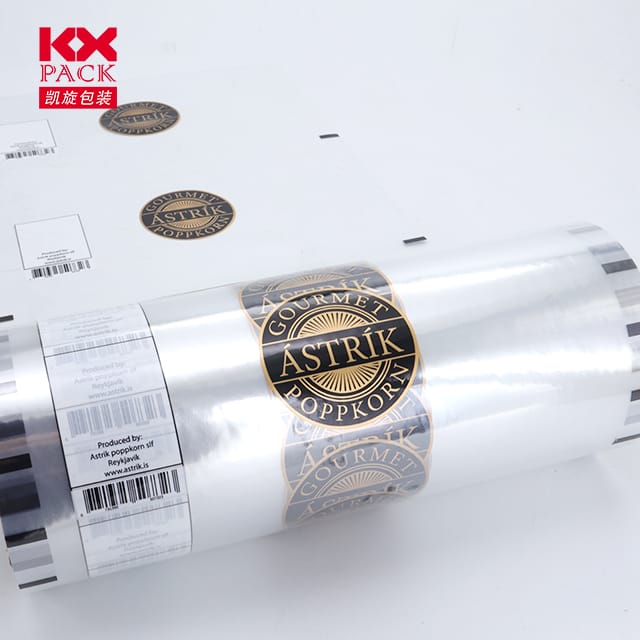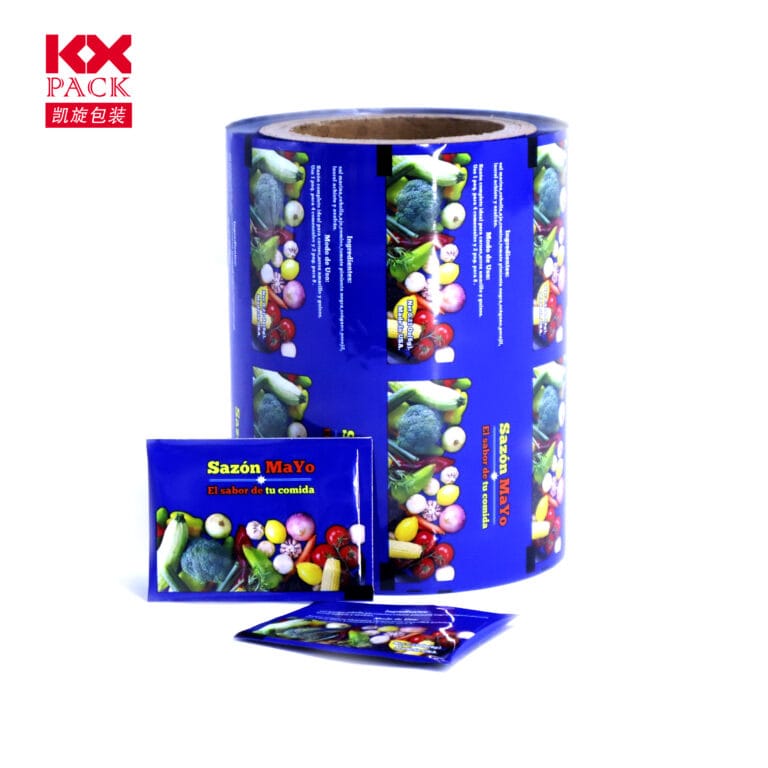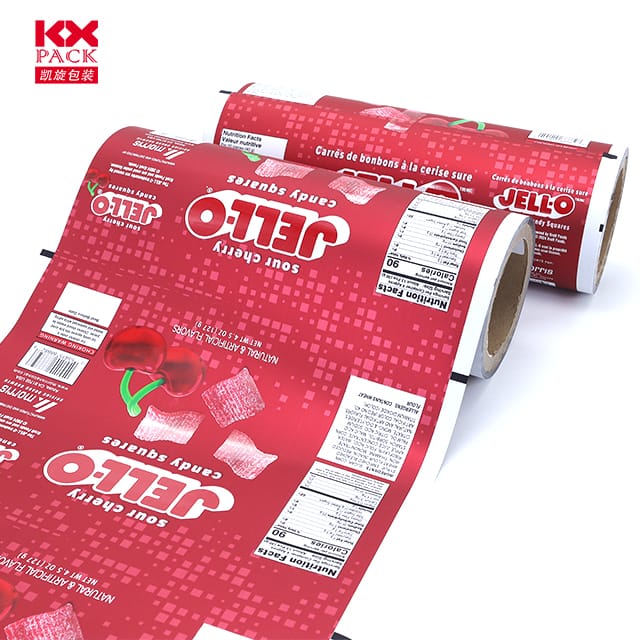Scannán Pacáistithe Clóbhuailte: The Silent Hero of Modern Product Appeal
Scannán Pacáistithe Clóbhuailte
In the bustling world of consumer goods, where shelves are crowded with competition and attention spans are fleeting, Scannán Pacáistithe Clóbhuailte emerges as a critical player in a brand’s success story. Far more than a mere wrapper, it’s a canvas for creativity, a shield for quality, and a strategic tool for differentiation. Let’s explore how this versatile material is transforming the way products are perceived, cosanta, and promoted.
Beyond aeistéitic: The Functional Power of Printed Films
Scannán Pacáistithe Clóbhuailte isn’t just about eye-catching designs—though that’s certainly part of its charm. Its true value lies in its ability to merge form and function seamlessly. Here’s why it’s indispensable:
- Brand Storytelling:
In an era where consumers connect emotionally with brands, packaging is the first touchpoint. High-definition graphics, vibrant colors, and tactile finishes (like matte, snas, or soft-touch coatings) on films like BOPP (Polapróipiléin atá dírithe go biaxally) nó PET (Terephthalate poileitiléin) create memorable unboxing experiences. Think of a luxury chocolate brand using metallic-printed film to evoke opulence or a skincare line leveraging eco-friendly, soy-based inks to align with sustainability values. - Product Protection:
Beyond aesthetics, printed films safeguard products from moisture, UV rays, ocsaigine, agus damáiste fisiciúil. Mar shampla, barrier films with layers of EVOH (Alcól vinile eitiléine) or aluminum foil are used in food packaging to extend shelf life. Idir an dá linn, anti-fog films ensure clarity in refrigerated displays, agus scuff-resistant coatings prevent damage during transit. - Inbhuanaitheacht & Nuálaíocht:
Brands are under pressure to reduce their environmental footprint, and printed films are rising to the challenge. Biodegradable options like PLA (Aigéad polalactach)-based films and compostable alternatives are gaining traction. chomh maith, Struchtúir Mono-Ábhar in-athchúrsáilte (E.g., all-polypropylene laminates) sruthanna athchúrsála a shimpliú. Nuálaíochtaí mar digital printing also minimize waste by enabling short-run, on-demand production.
The Art of Customization: Tailoring Films to Your Needs
No two products are alike, and neither should their packaging be. Printed films offer unparalleled customization:
- Flexographic, Rotogravure, or Digital Printing:
Choose the method that suits your volume, budget, and design complexity. Flexographic printing is cost-effective for large runs, while digital printing excels in low quantities and variable data (E.g., personalized labels). Rotogravure, Idir an dá linn, delivers ultra-high resolution for premium brands. - Specialty Finishes:
From holographic effects to embossed textures, films can be engineered to stand out. A beverage brand might use cold foil stamping for a shimmering logo, while a cosmetics line could opt for metallicized films to convey luxury. - Breiseáin Fheidhmiúla:
Integrate features like zippers resealable, easy-tear perforations, nó peel-and-reveal labels for interactive packaging. Mar shampla, a snack brand could use a film with a built-in freshness seal, while a pharma company might incorporate tamper-evident closures.
Navigating Challenges: Comhlíonadh & Costas
In ainneoin go Scannán Pacáistithe Clóbhuailte offer immense benefits, brands must navigate regulatory and economic hurdles:
- Food Safety Regulations:
Films in contact with food must comply with standards like FDA (U.S.) or EU No. 10/2011. Adhesives, dúigh, and substrates must be food-safe and migration-tested. - Éifeachtúlacht Costais:
Balancing quality with affordability is key. While premium films (E.g., those with metalized layers) offer superior barrier properties, they may not always be necessary. Collaborate with suppliers to optimize film thickness, print methods, and lamination structures. - Supply Chain Resilience:
Global supply chain disruptions have highlighted the need for local sourcing and agile partnerships. Work with suppliers who offer just-in-time delivery, inventory management, and rapid prototyping.
The Future of Printed Films: Cliste & Inbhuanaithe
Tá an Scannán Pacáistithe Clóbhuailte industry is evolving rapidly, and printed films are at the forefront of innovation:
- Pacáistiú Cliste:
Films embedded with Cóid QR, Clibeanna NFC, or thermochromic inks enable consumer engagement, inrianaitheacht, and anti-counterfeiting. Imagine a coffee packet that changes color to indicate freshness or a supplement bottle that links to dosage instructions via a smartphone scan. - Circular Economy Integration:
Scannán Pacáistithe Clóbhuailte Brands are increasingly adopting design-for-recycling principles. Films with mono-material structures, dúigh uiscebhunaithe, and adhesive-free laminations are becoming the norm. Some companies are even exploring athchúrsáil cheimiceach to turn used films into raw materials for new packaging. - E-commerce Readiness:
With online shopping booming, films must withstand the rigors of shipping. Marthanach, puncture-resistant films with reinforced seams and anti-static properties ensure products arrive intact.
Conclúid: More Than Meets the Eye
Scannán Pacáistithe Clóbhuailte is the unsung hero of product success. It’s a blend of art and science, a guardian of quality, and a catalyst for brand loyalty. As consumers demand more transparency, inbhuanaitheacht, and interactivity, the role of printed films will only grow.
Dá réir sin, the next time you pick up a product off the shelf, take a moment to appreciate its packaging. It’s not just a wrapper—it’s a strategic masterpiece.(Scannán Pacáistithe Clóbhuailte)
What’s your favorite example of innovative printed packaging? Roinn do chuid smaointe sna tuairimí thíos! 📦✨

